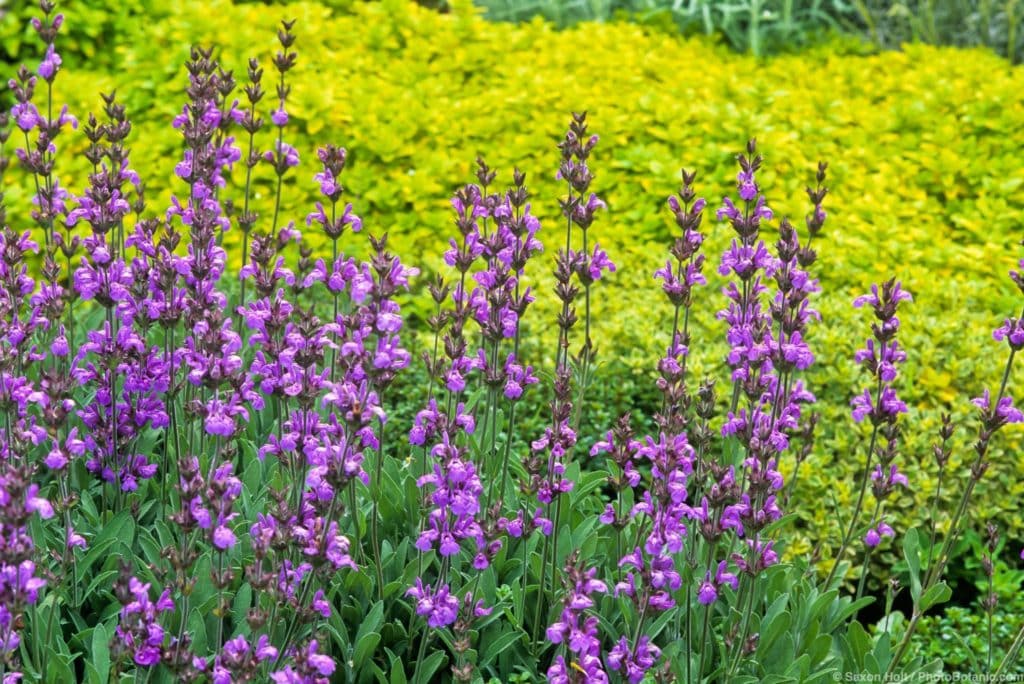
Salvia officinalis with oregano in background
There are sages (Salvia) for almost any garden. Annuals, perennials, or shrubs; low and spreading to tall and upright; sun or shade loving; moist or dry soils or anywhere in between. If you are unsure what a particular sage needs, look it up or consult your nursery professional before adding it to your garden.
One of the most reliable low-water sages for full sun is Cleveland sage (Salvia clevelandii), and one of the best varieties is ‘Winifred Gilman’. The spikes of bright lavender-blue to purple flowers in early summer are memorable, especially against the silvery gray aromatic leaves.
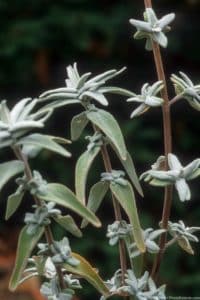
Salvia leucophylla
Topping out at three or more feet tall and wide, Cleveland sage will thrive with little care for many years. Bees, butterflies, and hummingbirds love it and deer ignore it. Native to southern California, this sage needs good to excellent drainage and, in inland locations, seems to prefer, but doesn’t require, a deep soaking monthly in the hottest weeks of the year. As with many summer-dry plants, a really dry winter or spring will result in loss or shriveling of leaves if no supplemental water is provided. But the plant probably won’t die – leaf drop is a drought response that conserves moisture.
You can trim Cleveland sage back after flowering or take stems for arrangements during bloom, but don’t cut into old wood. This sage, like many other shrubby perennials, responds well to frequent but gentle trimming as you would lavender or rosemary.
There are many other beautiful sages for the summer-dry garden. White sage, Salvia apiana, is four to five feet tall and wide with fragrant, woolly, almost white gray leaves and white flowers tinged with lavender in spring. Native to southern California and Baja California, it likes sun and good drainage and needs little to no summer water. In my garden it sheds many leaves in response to drought, but retains enough of its stunning white foliage to capture attention at any time of year.
Purple sage (Salvia leucophylla) is a long-lived shrub three to five feet tall and wide with wrinkled, silvery gray leaves and pale purple flowers flowers in spring. Native to southern California, it thrives in full sun with no summer water once established.

Salvia semiatrata
Sonoma sage (Salvia sonomensis) is a mat-forming creeping or trailing evergreen perennial a few inches to a foot tall and spreading three or more feet wide. Native to California in coastal mountains and Sierra foothills on dry slopes, in chaparral, or in open woodland, this lovely low sage prefers light shade and little or no summer water. Branches root as they travel across the ground and cascade nicely over walls, the softly textured gray-green aromatic leaves inviting touch. Spikes of medium blue to blue-violet flowers on leafless stems cover the plant from late spring into summer.
Sonoma sage is one of those plants that simply won’t tolerate poor drainage, fertilizers, or more than the slightest summer irrigation. Give this sage a fast-draining spot on a slope or a mound of rocky soil and resist the urge to “help” it through the dry summer months. Old plants may get woody and bare in the center, but robust new growth and a slightly mounding habit give the overall effect of continuous cover in lightly tended further reaches of the garden.
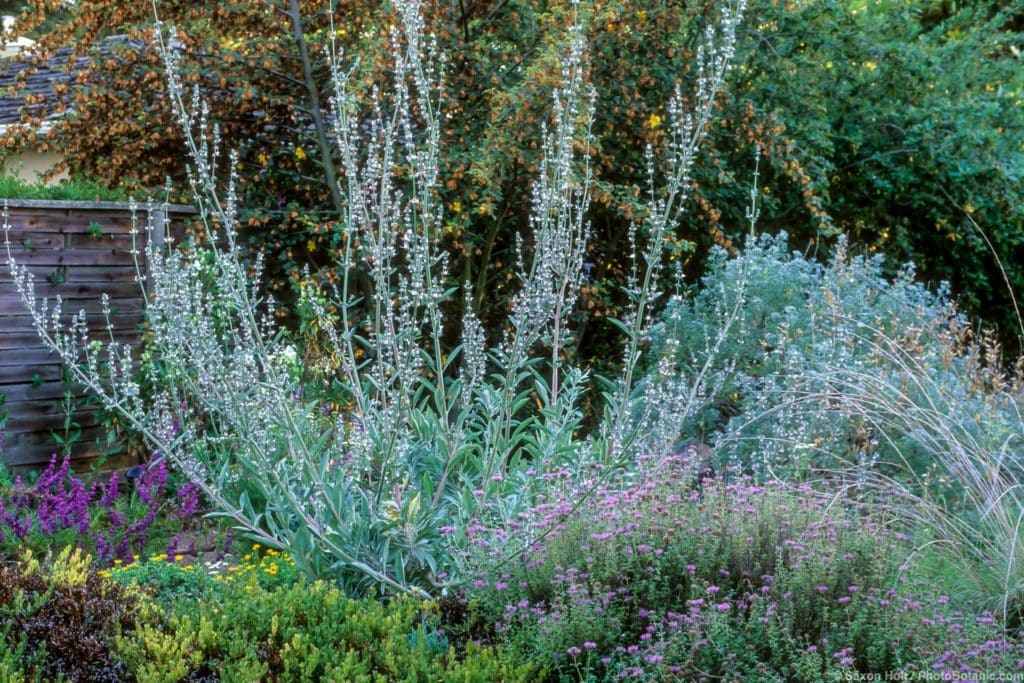
Salvia apiana
Other drought-tolerant shrubby sages include the long-blooming autumn sages (Salvia greggii), flowers usually red, but many other colors available, and Salvia muelleri (rich dark purple flowers). S. greggii is about three feet tall and wide; S. muelleri is usually somewhat smaller. Both have diminutive green leaves, very different from the larger gray and grayish white leaved sages. These sages look best with occasional deep watering in summer, though they will survive without it. Both can be cut back fairly hard to renew. Some afternoon shade is beneficial in the hottest locations.


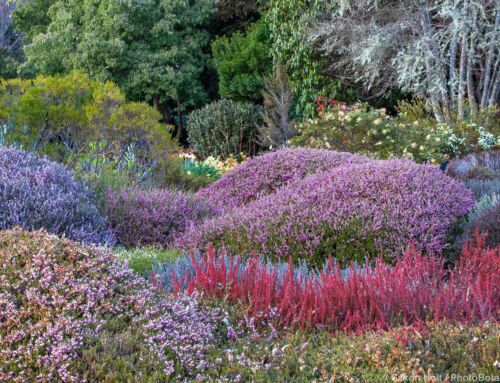
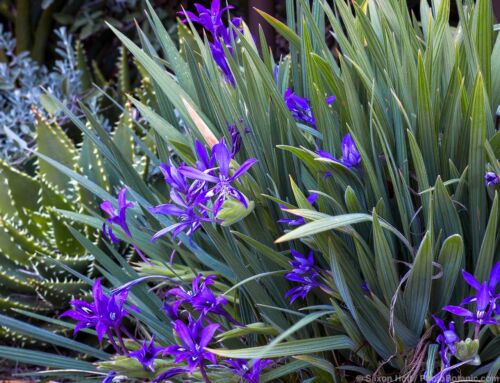
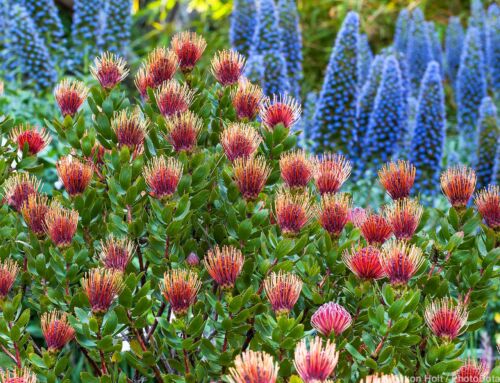
Leave A Comment